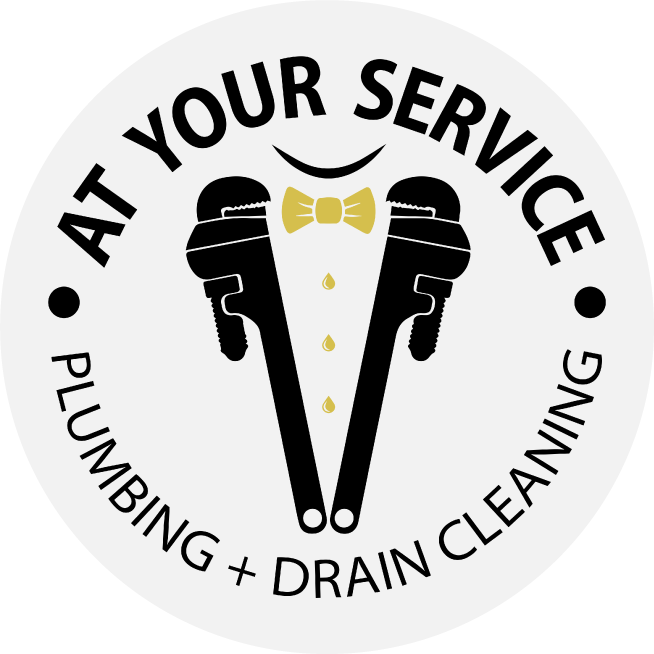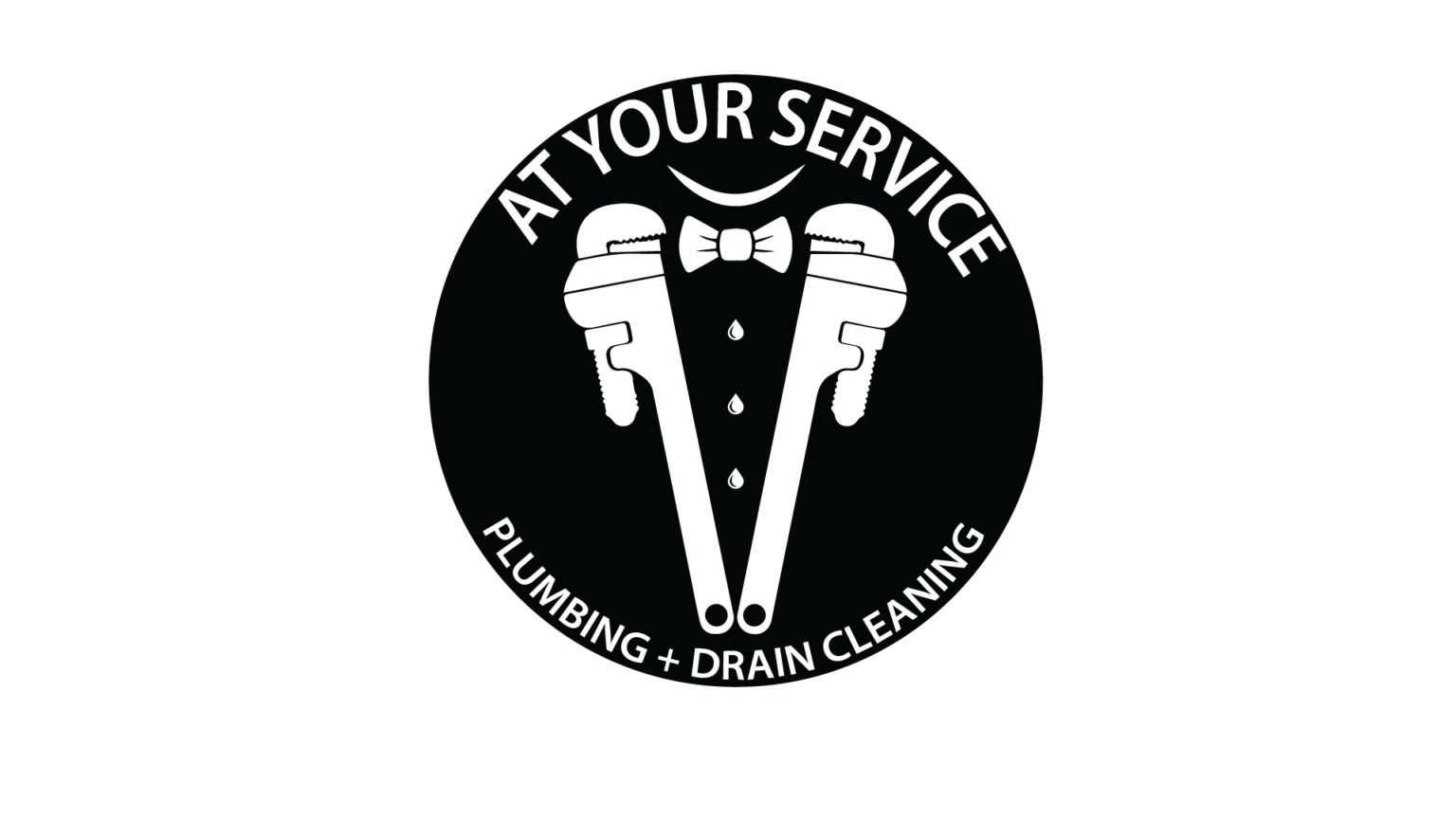
Plumbing is an essential aspect of maintaining a functional and comfortable home. While some plumbing issues can be tackled with a bit of DIY enthusiasm, others require the expertise of a professional. Understanding the difference between the two is crucial to ensure safety, prevent further damage, and save money. This guide will help you discern which plumbing tasks you can handle yourself and when it’s best to call in the professionals.
Basic DIY Plumbing Tasks
Many minor plumbing issues can be resolved with a few tools and some basic knowledge. Here are some tasks that are generally safe and manageable for the average homeowner.
Fixing Leaky Faucets
A dripping faucet is not only annoying but can also waste a significant amount of water over time. Typically, this issue is caused by worn-out washers, O-rings, or seals. Fixing a leaky faucet usually involves disassembling the faucet, replacing the faulty parts, and reassembling it. This task requires a wrench, screwdriver, and replacement parts, which are available at most hardware stores.
Unclogging Drains
Clogged drains are common in kitchens and bathrooms. For minor clogs, a plunger or a drain snake can often do the trick. For stubborn clogs, a chemical drain cleaner might be necessary, although this should be used sparingly to avoid damaging your pipes. Regular maintenance, like using a drain cover and avoiding pouring grease down the sink, can prevent most clogs.
Replacing Showerheads
Replacing an old or broken showerhead is a straightforward task. Simply unscrew the old showerhead, apply the plumber’s tape to the threads of the shower arm, and screw on the new showerhead. This can be done in minutes and often results in improved water flow and pressure.
Installing or Replacing a Toilet Flapper
A running toilet can waste a lot of water and is usually due to a faulty flapper. Replacing a toilet flapper is a simple task that involves turning off the water supply, draining the tank, removing the old flapper, and installing a new one. This task requires minimal tools and can save you money on your water bill.
Intermediate DIY Plumbing Tasks
Some tasks require a bit more skill and knowledge but are still within the realm of DIY for those who are comfortable with basic home repairs.
Replacing a Toilet
Installing a new toilet can seem daunting, but it is manageable with the right tools and instructions. After turning off the water supply and draining the toilet, the old toilet can be removed. The new toilet is then positioned over the flange, secured with bolts, and connected to the water supply. Proper sealing with a wax ring is crucial to prevent leaks.
Fixing Minor Pipe Leaks
Small leaks in exposed pipes can often be fixed with pipe repair clamps or epoxy putty. It’s essential to turn off the water supply before attempting any repairs. These solutions are usually temporary, so it’s a good idea to plan for a more permanent fix by a professional in the future.
Installing a New Sink Faucet
Replacing an old faucet with a new one can update the look of your kitchen or bathroom. This task involves disconnecting the water supply lines, removing the old faucet, and installing the new one according to the manufacturer’s instructions. Ensuring a watertight seal with plumber’s tape and proper alignment is critical.
Tasks Best Left to Professionals
While many plumbing tasks can be tackled with a bit of DIY spirit, some jobs are best left to licensed professionals due to their complexity and the potential for significant damage if not done correctly.
Major Pipe Repairs
Any repairs involving major pipes, especially those within walls or underground, should be handled by a professional plumber. These jobs require specialized tools, expertise, and often compliance with local plumbing codes. Improper repairs can lead to extensive water damage, mold growth, and structural issues.
Water Heater Installation and Repair
Installing or repairing a water heater involves working with water and electrical or gas connections, which can be dangerous without the proper knowledge and experience. A professional plumber ensures that the installation meets all safety standards and operates efficiently. Additionally, improper handling of a water heater can void warranties and result in costly repairs.
Sewer Line Issues
Sewer line problems, such as blockages or breaks, are not only unpleasant but can also pose serious health risks. Professional plumbers have the equipment, such as sewer cameras and hydro-jetters, to diagnose and fix these issues effectively. Attempting to repair sewer lines without the proper expertise can lead to contamination and significant property damage.
Extensive Bathroom or Kitchen Remodels
Any remodeling work that involves relocating plumbing fixtures or rerouting pipes should be done by a professional. This ensures that the new plumbing is up to code and functions properly. Professional plumbers can also coordinate with other contractors to ensure a smooth renovation process.
Gas Line Plumbing
Plumbing involving gas lines, such as installing gas-powered appliances or repairing gas leaks, is hazardous and should always be performed by a licensed professional. Gas leaks are extremely dangerous and can lead to fires, explosions, and health risks from carbon monoxide poisoning.
When to Call a Professional
Knowing when to call a professional is just as important as knowing what you can do yourself. Here are some signs that you need to bring in an expert:
Persistent Clogs: If your efforts to clear a clog are unsuccessful, it could be a sign of a more serious issue deeper in the plumbing system.
Low Water Pressure: Sudden drops in water pressure could indicate a leak or blockage in the pipes.
Water Damage: Signs of water damage, such as wet spots, mold, or mildew, can indicate a hidden leak that needs professional attention.
No Hot Water: If your water heater stops working and you can’t identify the problem, it’s best to call a professional to diagnose and fix the issue.
Sewage Odors: Foul smells coming from your drains or yard could indicate a problem with your sewer line.
Plumbing issues can range from simple fixes to complex problems requiring professional intervention. Understanding your limitations and recognizing when to call a professional can save you time, money, and potential damage to your home. By handling minor issues yourself and leaving the more complex tasks to the experts, you can maintain a functional and efficient plumbing system. Whether you’re dealing with a leaky faucet or planning a major renovation, knowing when to DIY and when to hire a professional is key to successful home maintenance.


